1. Glass Milk Bottles with Paper Caps
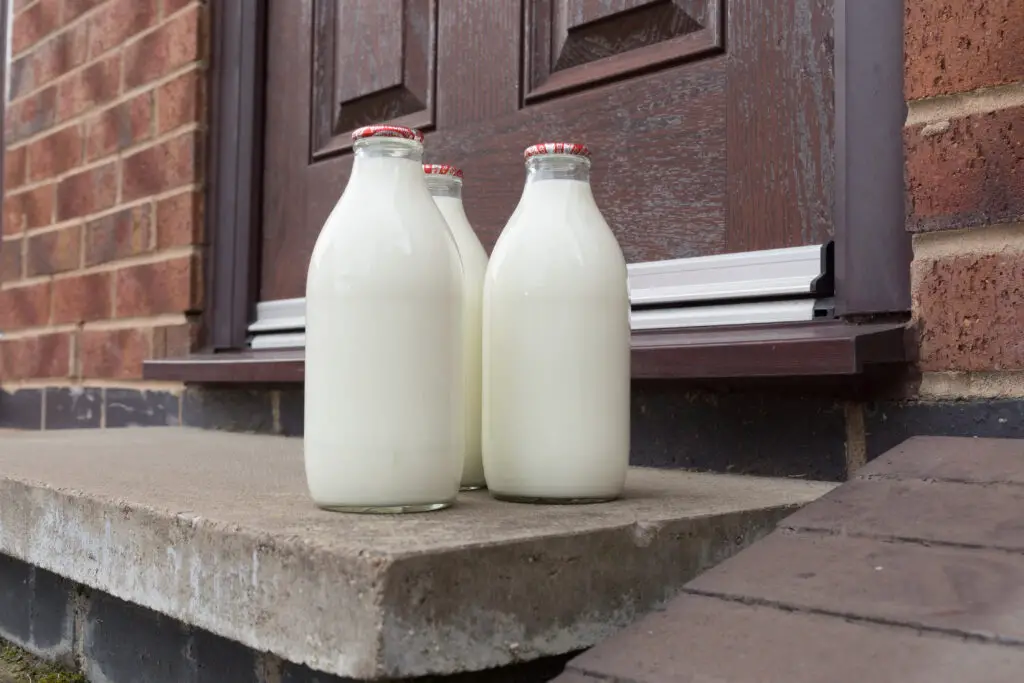
There was a time when grabbing milk at the grocery store meant picking up a heavy glass bottle topped with a flimsy paper cap. Shoppers today might stare at one and wonder how it stayed sealed or why anyone would trust such a fragile lid. Back then, though, it was standard, and the milkman often delivered them right to your doorstep. The glass was reused, washed, and sanitized, making it surprisingly sustainable.
While it sounds quaint now, most modern shoppers would probably hesitate to bring one home. After all, paper and milk don’t exactly seem like the most secure combination. Still, there’s something nostalgic about picturing a row of bottles waiting on the porch in the morning. It was simple, but also very different from the sealed plastic gallons we see today.
2. Margarine in Bags
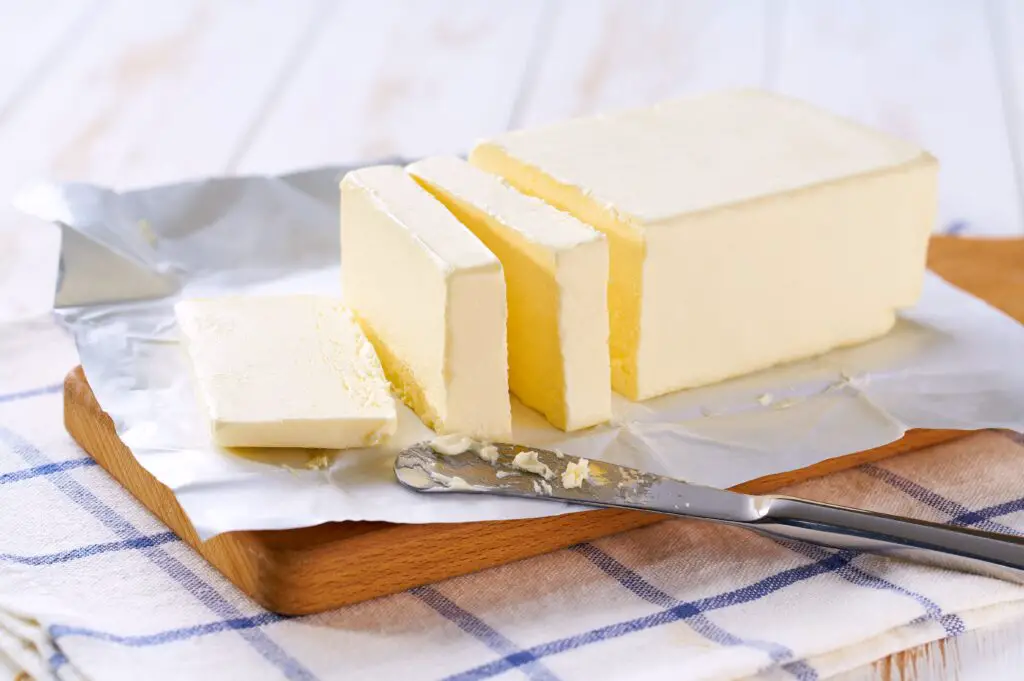
Believe it or not, margarine used to come in clear plastic bags instead of tubs or sticks. Inside, there was a little red capsule of food coloring, because margarine was naturally white. Families would knead the bag until the margarine turned that familiar yellow.
For modern shoppers, this would seem downright bizarre, not to mention messy. But for kids back then, it was almost like a fun kitchen project. It also reflected the strict food laws of the time, since butter and margarine had a long and controversial rivalry. Today, we can’t imagine buying any spreadable product that required hands-on mixing before breakfast.
3. Automatic Egg Crackers
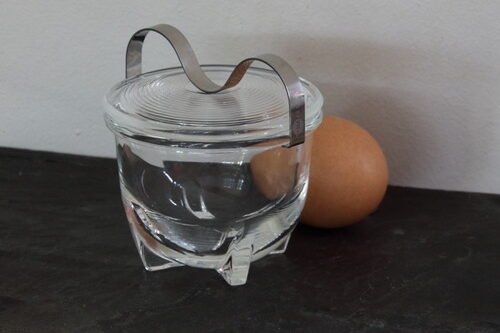
Grocery aisles once carried contraptions designed to crack eggs for you, promising a mess-free experience. They looked a bit like a clamp and often came in brightly colored packaging. The pitch was that you’d never get shells in your batter again.
To today’s shoppers, these gadgets feel more like novelty items than actual necessities. Most people can crack an egg with one hand, so it’s hard to imagine why anyone would need a special tool for it. But in the gadget-happy mid-20th century, stores were full of “time-saving” devices. Now, these egg crackers are more likely to be seen in thrift shops than on grocery shelves.
4. Powdered Orange Drink Mixes
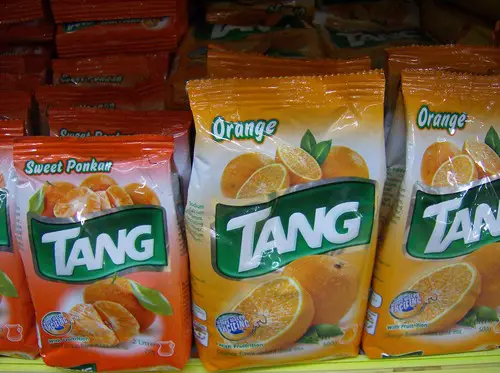
Before orange juice became a breakfast staple in cartons, powdered drink mixes like Tang had their moment. All you needed was water, sugar, and a spoon to stir it into something vaguely citrusy. It became even more popular after being famously tied to space exploration.
Nowadays, it’s hard to picture shoppers choosing a powder packet over a jug of fresh juice. While some powdered drink mixes still exist, they don’t dominate breakfast tables like they once did. Today’s health-conscious crowd would likely raise an eyebrow at the neon-orange powder. Still, for a generation, it was the taste of morning.
5. Vacuum-Sealed Canned Bread
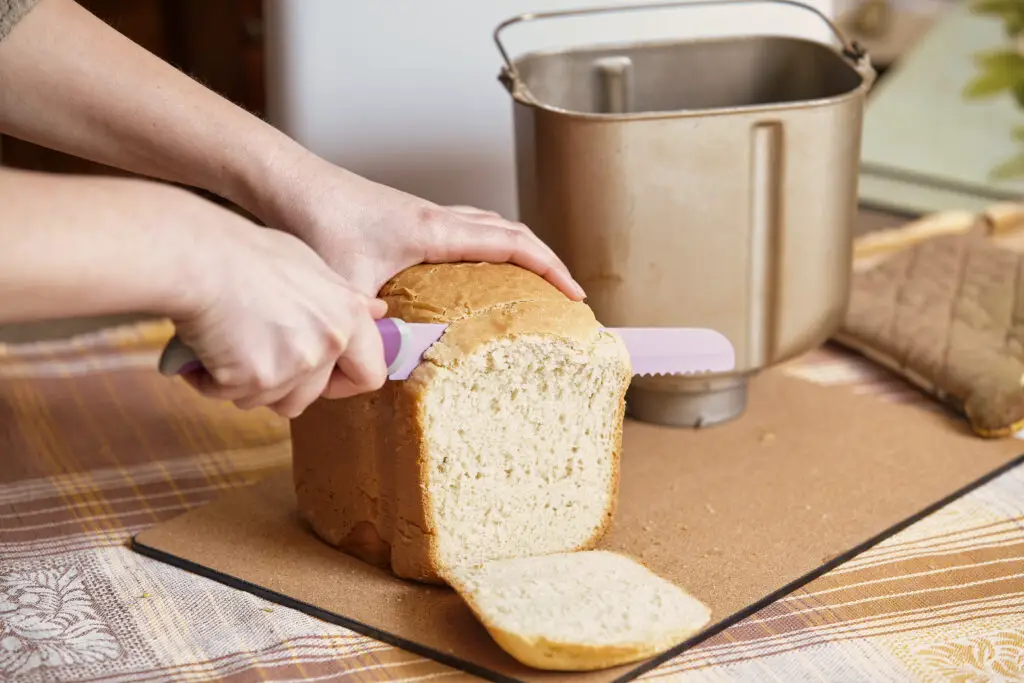
Yes, bread in a can was once a grocery store reality. The loaves were dense, dark, and usually associated with New England kitchens. To serve it, you popped the can open and slid out the perfectly cylindrical bread.
To the modern shopper, this sounds more like a camping novelty than a grocery staple. But for many, it was practical, long-lasting, and surprisingly tasty when warmed up. It definitely looked strange, though, compared to today’s fresh bakery loaves. The idea of slicing into canned bread now would leave most people scratching their heads.
6. Lard Tubs
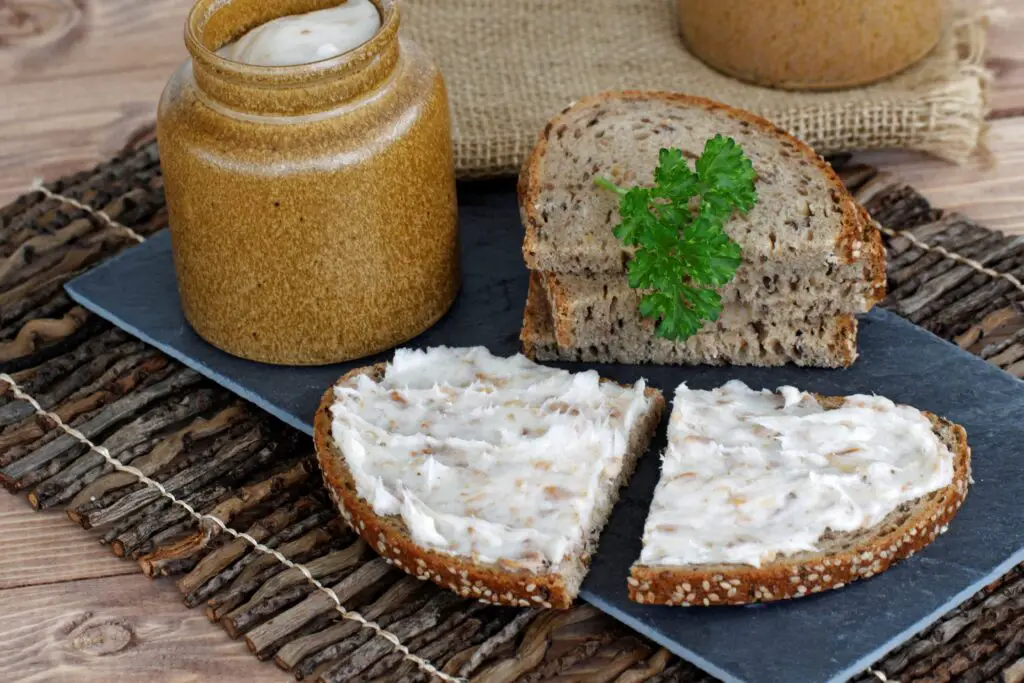
Large tubs of pure lard used to be an everyday grocery item, proudly displayed alongside flour and sugar. It wasn’t just for frying, but also for making pie crusts, biscuits, and just about any recipe that needed fat. Families would keep big tins in the kitchen, and no one thought twice about it.
Today, the sight of a giant tub of lard in a cart might make some shoppers recoil. With the rise of vegetable oils and butter alternatives, lard fell out of fashion. Yet bakers still swear by it for flaky crusts. Still, most grocery aisles no longer dedicate prominent space to it, making it a forgotten relic.
7. Cheese in Metal Tins
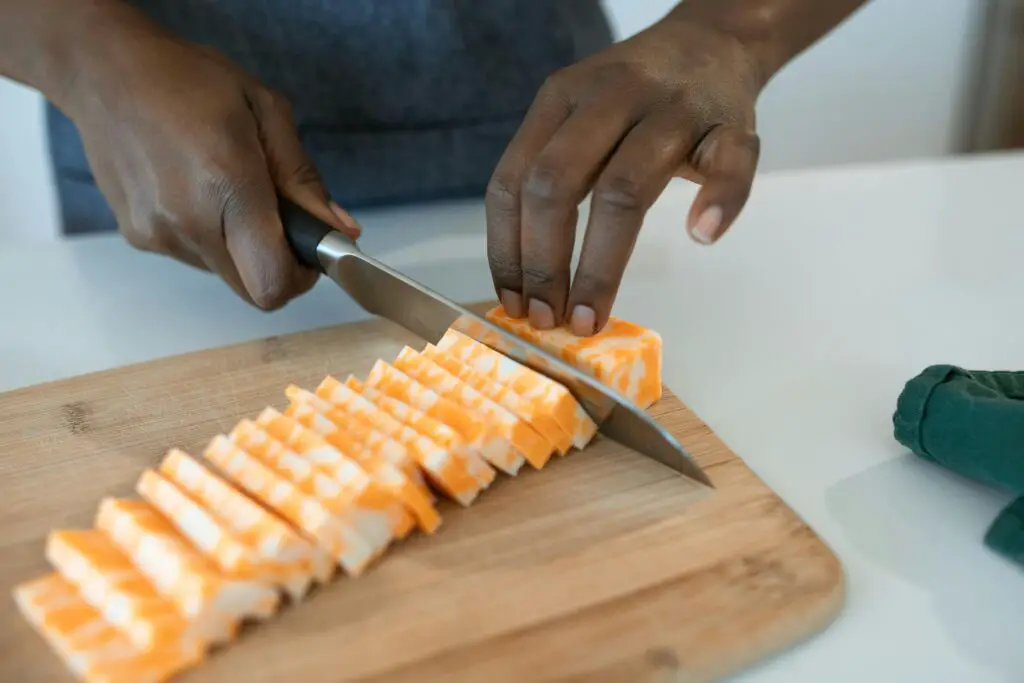
Before individually wrapped slices and shredded bags, processed cheese often came in metal tins. It was shelf-stable and could be spread, sliced, or melted. For families, it was convenient and lasted far longer than fresh cheese.
Modern shoppers might wonder why anyone would buy cheese from a can when fresh varieties are so easy to find. But during the war years and beyond, having cheese that didn’t spoil quickly was a lifesaver. The tin may look odd now, but it represented innovation at the time. Today, it mostly exists as a quirky memory.
8. Cod Liver Oil Bottles
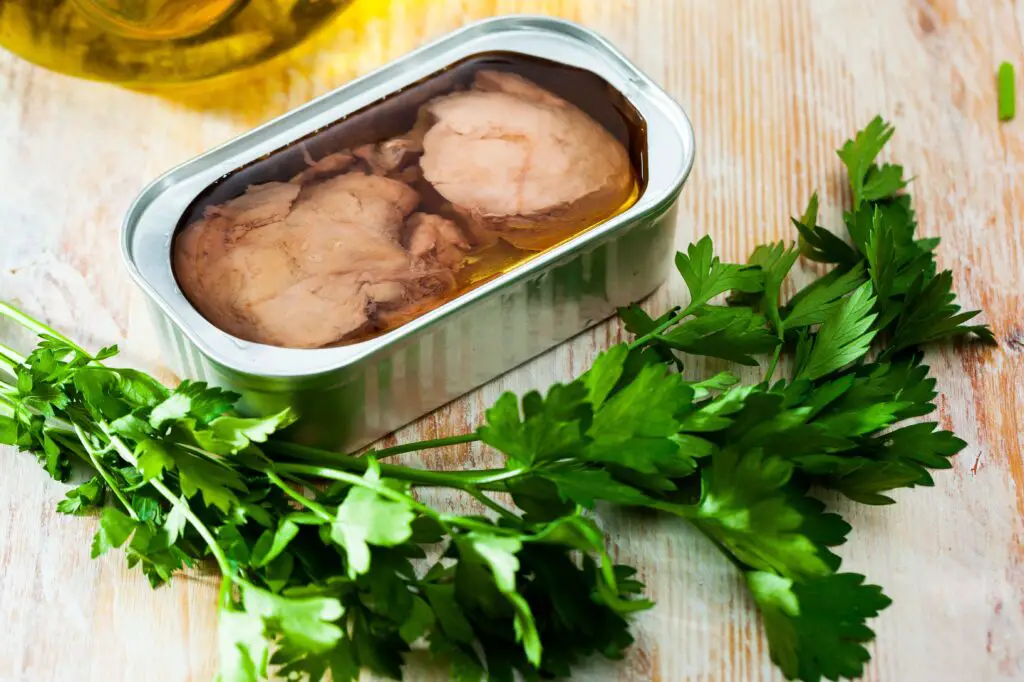
Once upon a time, parents picked up cod liver oil at the grocery store and forced their kids to swallow a spoonful daily. It was marketed as a miracle for strong bones and general health. The smell alone was enough to send shivers down the spine.
These days, you might find cod liver oil tucked away in the vitamin aisle, but it’s nothing like the bottles that once sat next to milk or bread. For modern shoppers, the idea of swigging oil straight from the spoon is strange. Still, it was part of everyday routines in households that believed strongly in its benefits. It’s one of those items people haven’t forgotten, but few would ever want to bring back.
9. Jell-O Molds in Boxes
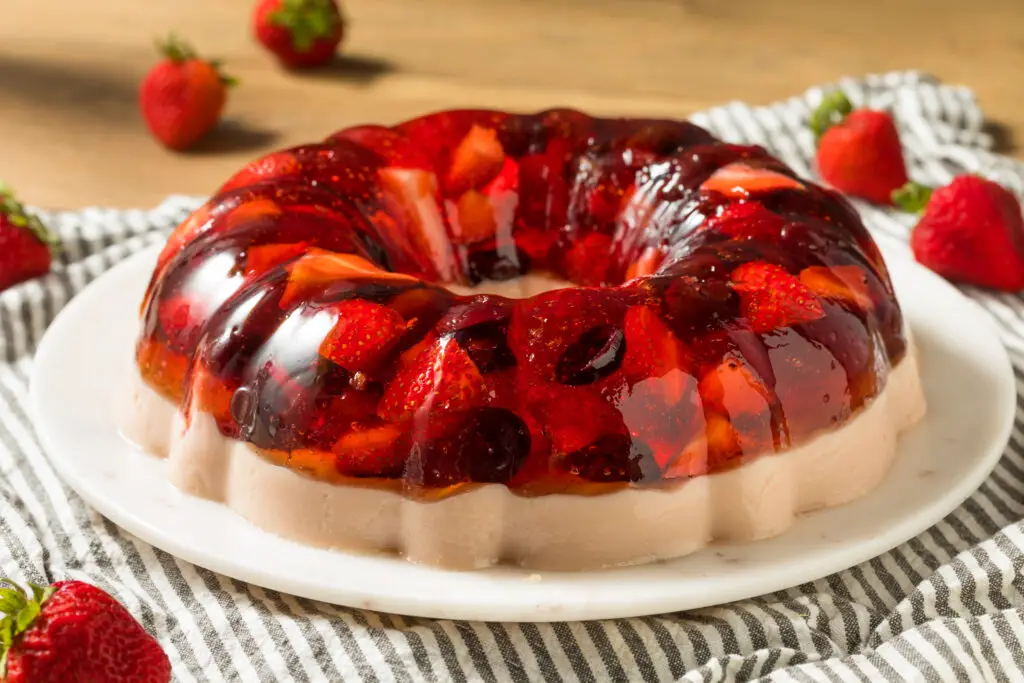
Not just the gelatin packets, but full boxed molds and kits were a thing in grocery stores. They encouraged shoppers to create towering, wiggly desserts filled with everything from fruit to vegetables. Some even suggested shrimp or tuna, which feels horrifying now.
To modern eyes, these boxed kits would probably look like a prank product. But mid-century homemakers took them seriously, often serving Jell-O creations at family gatherings. While gelatin itself is still around, the elaborate molds have mostly disappeared. Today, they stand as a reminder of how grocery stores once encouraged culinary experimentation that hasn’t exactly aged well.
10. Cereal with Toys Inside
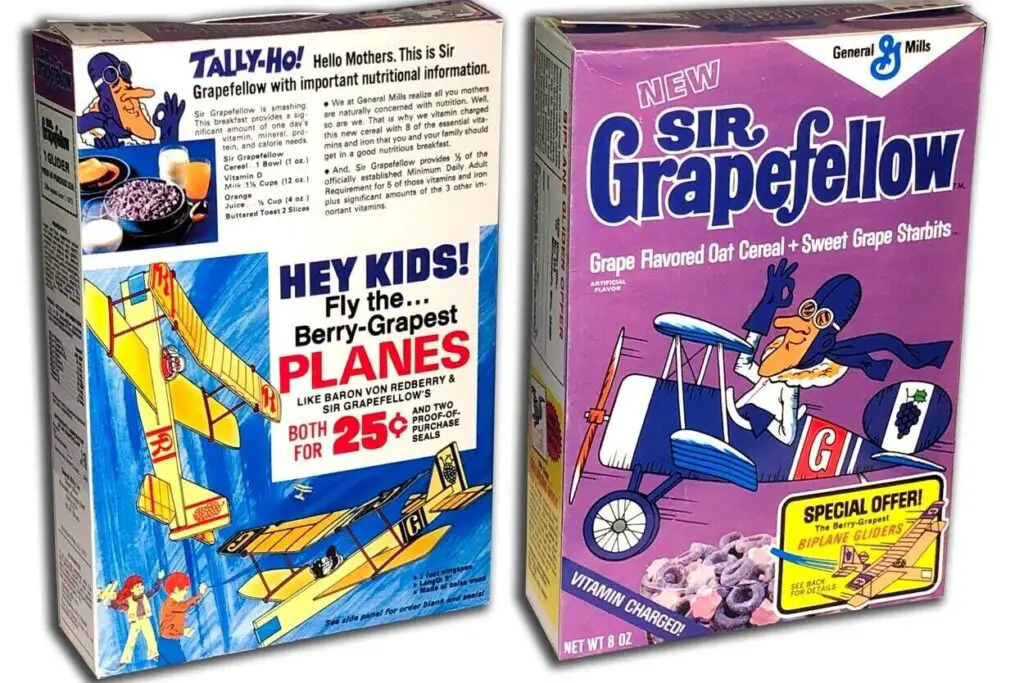
There was a time when picking out cereal meant getting a free toy inside the box. These weren’t just stickers or codes, but real little trinkets like whistles, rings, or figurines. Grocery aisles were full of kids begging their parents for whichever box had the coolest prize.
Most modern shoppers would find this confusing, especially with today’s strict packaging regulations. Concerns about safety and choking hazards eventually ended the era of cereal box toys. While nostalgia keeps the memory alive, the idea of grabbing breakfast and a toy at the same time feels like another world. Today, kids just don’t get that thrill when cereal is poured into a bowl.
11. Condensed Soup Bricks
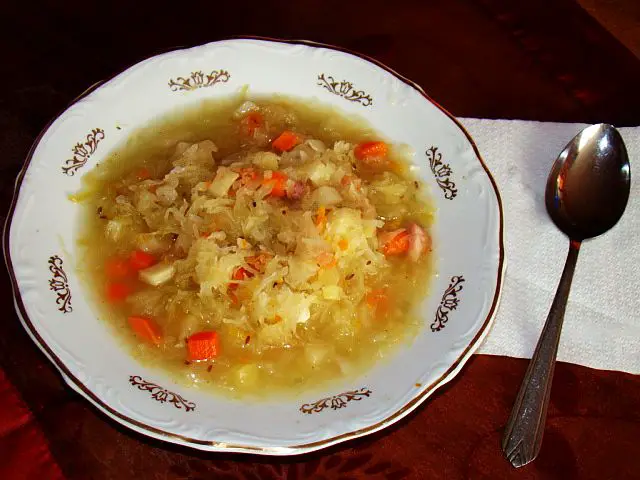
Some grocery stores used to carry condensed soup in concentrated brick form. Instead of popping a can, you dissolved the brick in hot water to create your meal. It was cheap, compact, and practical for households on a budget.
Today, the thought of soup in a brick would probably leave shoppers puzzled. With canned and ready-to-heat options available, there’s no reason to rehydrate a block of mystery ingredients. Still, for people who grew up with it, the memory of dropping a soup brick into a pot of water lingers. It was simple, but definitely strange by today’s standards.
12. Meat in Gelatin
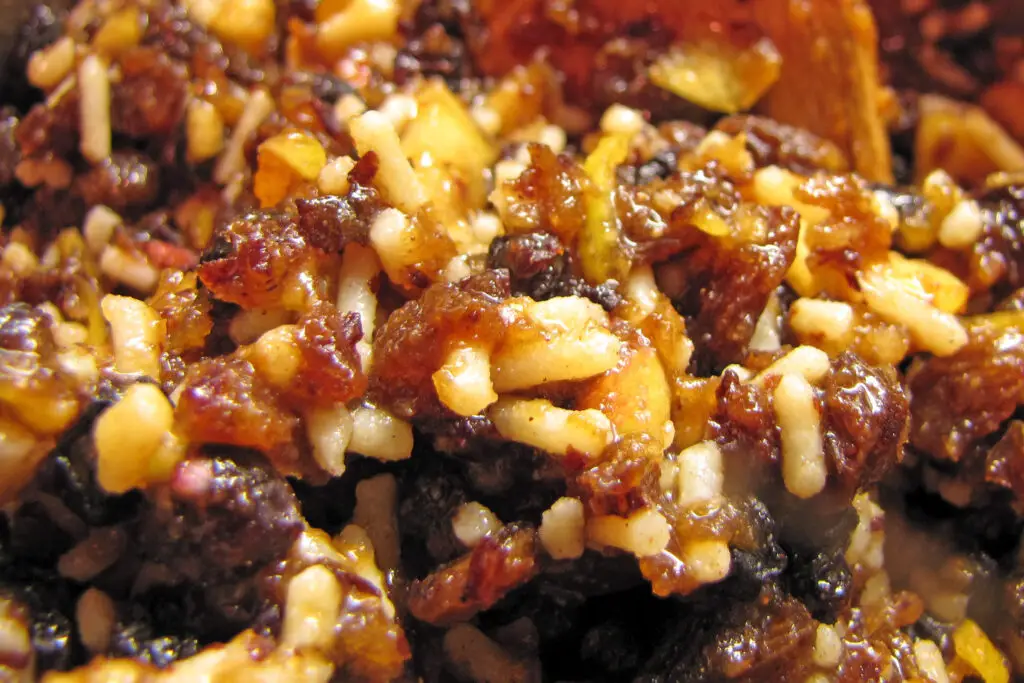
For a while, grocery stores carried canned meats suspended in gelatin. Think slices of ham or chunks of chicken floating in a clear, jiggly coating. It was marketed as a way to keep meat moist and preserved.
Modern shoppers might take one look and put the can back on the shelf immediately. The texture and appearance are unsettling by today’s tastes. Yet it was considered convenient and even elegant in certain recipe books of the mid-century. It’s one of those foods that truly makes you wonder what people were thinking.
13. Sugar in Big Cloth Sacks
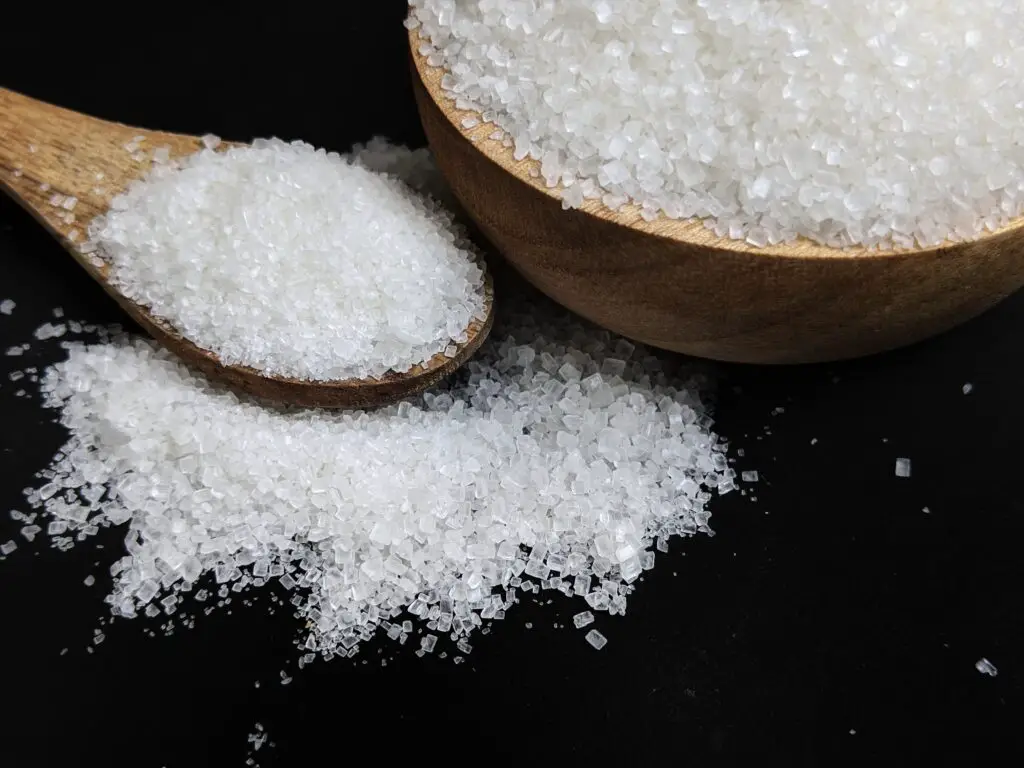
Before sugar came in neat paper bags, it was often sold in heavy cloth sacks at the grocery store. These sacks weren’t just packaging, they were reused around the house as towels, aprons, or even clothing material. Families would buy them in bulk and repurpose the fabric once the sugar was gone.
To modern shoppers, this would look both confusing and impractical. Why buy 25 pounds of sugar at once when smaller bags are easy to carry? But for households baking daily or canning fruit, it made sense. The cloth sack packaging faded away, leaving behind a forgotten piece of grocery store history.
